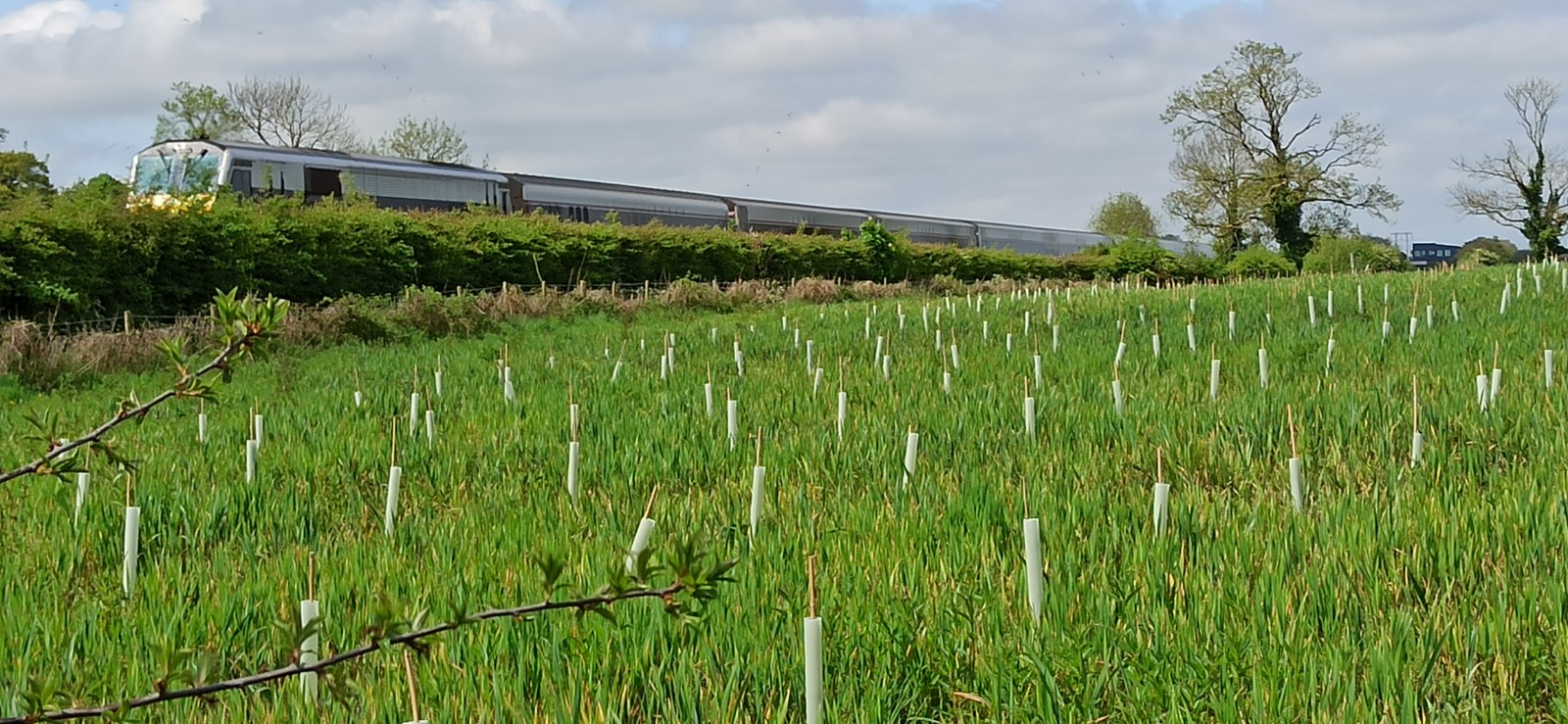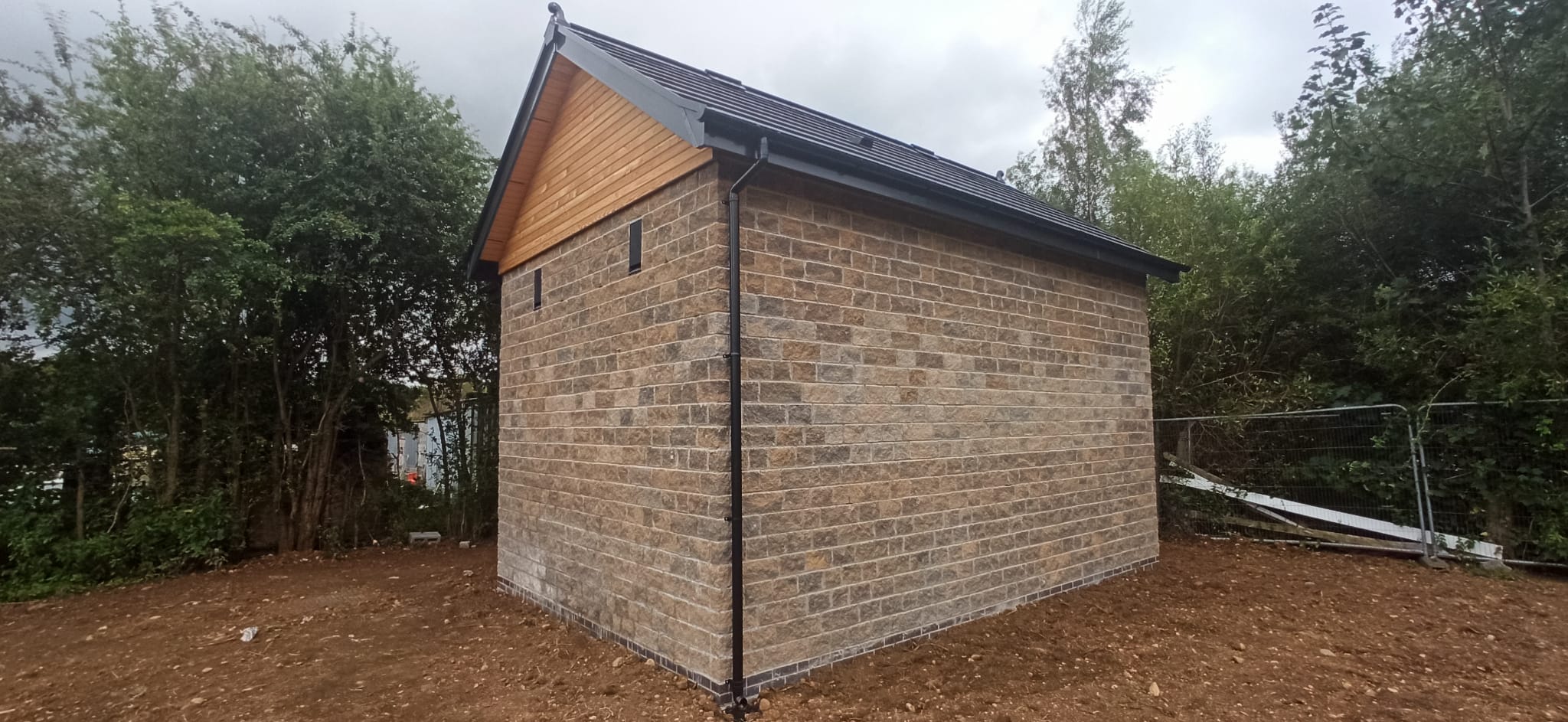Target 2: By 2025, implement and deliver pollinator recording initiatives along our transport corridors, and by 20230, set aside at least 10% of our adjacent landholdings for habitat management practices
Target 3: By 2030, develop a robust and quantifiable biodiversity monitoring strategy to ensure changes in biodiversity status can be detected, with our aim of achieving a biodiversity net gain of 10% by 2035
Target 5: By 2030, develop and strengthen partnerships with key internal and external stakeholders, delivering projects and initiatives to support our local wildlife and mitigate against biodiversity loss
Our Biodiversity Strategy will also support other objectives to improve environmental sustainability in our Better-Connected Corporate Strategy (Climate Action) and Corporate Responsibility Strategy (Go Eco). Biodiversity plays an important role in mitigating against the impact of climate change, whilst climate change increases the pressure on our natural assets and can contribute to and accelerate biodiversity loss. In our management of transport infrastructure, it is becoming increasingly important to consider our environmental assets and green infrastructure to enhance our resilience to climate change through carbon sequestration by reducing emissions, sustainable drainage by improving surface water management and reducing the effects of flooding and also regulating high air-temperatures.
Acting as a green corridor, our railway environment is an important natural resource, playing a crucial role in reconnecting isolated or fragmented sites of limited biodiversity value. Approximately 35% of our rail network runs through or adjacent to designated sites (ASSIs, AONB) and priority habitats. In addition, 30% of priority species have been recorded within 1km of the railway and submitted to the Local Environmental Record Centre (CEDaR).

Nature Recovery Projects
Re-connecting landscapes through Sustainable Woodland Creation: Dagger Wood
As part of Translink’s commitment to biodiversity and aim to be climate positive by 2050, a c. 20 acre site west of Lisburn city centre was identified for native woodland creation supporting our Tree Management Programme. The development of Dagger Wood also represented an opportunity for habitat expansion and re-connection as the site is adjacent to two existing woodlands (15 acres) owned by the Lisburn District Scout Association. A total of 14,450 native saplings were planted in 2022/2023 consisting of 8 species of native tree (Scots pine, Alder, Downy birch, Silver birch, Pedunculate oak, Rowan, Cherry and Hazel).
This shared commitment to environmental conservation has demonstrated a unique opportunity to collaborate and engage with youth organisations, whilst delivering environmental and carbon benefits. The positive long-term outcomes include:
- Carbon sequestration – Creating new woodland and planting a diverse range of tree species will significantly enhance carbon capture and will contribute to our journey to net zero.
- Biodiversity restoration – Extending our green corridor through woodland creation and planting native trees will enhance the site’s ability to support a wide range of flora and fauna and will help meet our ambitions to become nature positive.
- Community engagement – Dagger Wood and its environs has the potential to engage with 15 active groups from the Lisburn District Scouts, offering a range of activities for 4-18 year olds. It also supports our Connecting Communities strategic objective as this project has actively involved local Scouting groups, collaborated with volunteers and established partnerships with conservation organisations.

Bat conservation, habitat protection and restoration
An on-going project to facilitate the reduction of user-worked crossing risk in south-east Antrim, involves the demolition of five existing derelict buildings and the construction of a new bridge and laneway over the existing railway track. An ecological appraisal and environmental assessment recorded seven of Northern Ireland’s eight bat species foraging and commuting across the site. In total, four day roosts for common and soprano pipistrelles, one Nathusius’ pipistrelle (Rare/Annex II species) day roost and one large Leisler’s maternity roost were identified within two of the derelict buildings.
All species of bats in Northern Ireland are listed on Annex IV of the EC Directive and classified as European Protected Species (EPS) and are subject to a regime of strict legal protection in Northern Ireland under the provisions of the Habitats Regulations. Additionally, bats are granted further protection in Northern Ireland under the Wildlife (Northern Ireland) Order 1985.
To protect and compensate for the disturbance and loss of habitat, several mitigating measures are planned to protect the bats. These include:
- A custom-built ‘bat barn’ built in summer 2023 to replicate their internal and external roosts and provide suitable hibernation conditions.
- The existing treeline on the southern aspect of the railway corridor will be retained. Any cut vegetation surrounding the buildings will be turned into a dead brash hedge to retain site connectivity.
- Lost woodland and scrub habitat will be replaced, and extra planting will provide compensation for any habitats lost around the existing roost.
- The new bat barn will be sited near a hedgerow and treeline, with climbing plant species added to the exterior to provide cover.